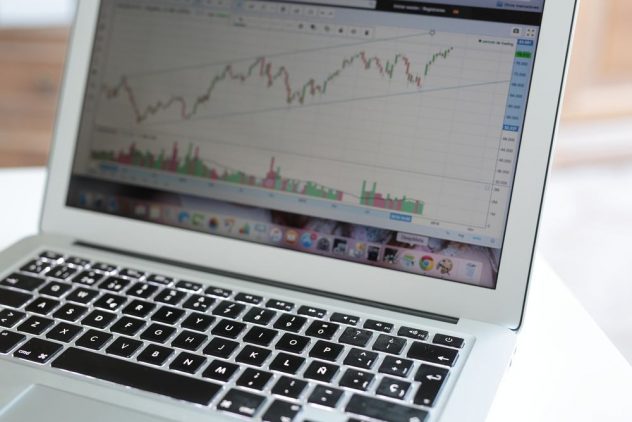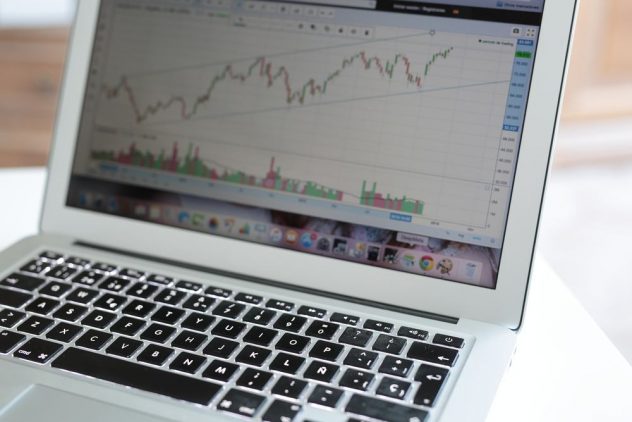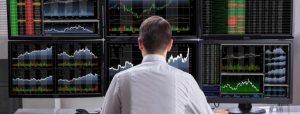
The trading world goes beyond what most people know. There is so much that happens in between the buying and the selling, and trading using CFDs is one of those. Well, if you have been questioning what is CFD, then this is the piece for you.
Want to know how trading using CFDs works? Read on.
 What is CFDs
What is CFDs
A CFD, full for Contract for Difference, is a contract agreement between two parties to exchange a difference in prices, usually the opening and the closing price. These contracts can be used in several trading markets. In this trade, you do not own a share or a stock but instead, wager on the change in prices. If the price remains the same, then no returns.
How CFDs work
If you would like to trade with CFDs, you will open on a position and select an amount you would like to exchange. You make money when the price of the underlying asset rises or falls in your favor. If you think the price will increase, you buy, and your profits in line with any increase in the price. If it falls, you make a loss for every point the fluctuation moves against you.
What are the costs of CFD trading?
Before we go any further, you have to understand the types of costs that exist in a CFD. They are spread, holding costs, market data fees, and commission.
For starters, the spread is the difference between the buy and the selling price. To enter, you buy with the buy price and exit the asset’s exchange at the selling price. If the spread is narrow, it means that the price movement is expected to be minimal, meaning smaller gains and losses. But if it is wide, the vice versa is a possibility.
The holding costs are the charge your account incurs for any positions open in your account. These costs may be positive or negative, depending on the direction of your position.
The market data fees are what you pay to activate the relevant market data subscriptions to trade or view the price data for share CFDs.
Lastly, there are the commission costs that only apply to shares. This is the amount you pay when you trade share CFDs.
Advantages of trading CFDs
You have global market access from one platform
As aforementioned, CFDs are versatile, meaning a CFD broker can trade in all the world’s major markets. This then gives you the ability to trade around the clock, and the trading pool extends to over 4,000 markets worldwide.
There is no shorting rules or borrowing stocks
Most markets have strict orders when it comes to shorting or short calling the market. Short selling is an investment style that speculates on the decline in a stock or other asset. This style requires the trader to borrow the instrument before selling short. CFD instruments can be shorted at any time with no borrowing costs since the trader doesn’t own the underlying asset.
It is capital-efficient
CFD trading is possible using margin, which gives you leverage that you can trade without putting down the full value of the position. With this, your money is not all tied down in one investment, but it can be used for other investments.
You can trade on both falling and rising markets
With CFDs, the playing ground is broad as you can decide to buy opportunities or trade on a benefit from short-selling on a declining asset. This is particularly very wise when it comes to volatile stocks and shares.
Food for thought
Getting into CFD trading without realizing that it, too, is a risky business is downright dumb. The same way you can earn millions is the same way you can lose the same amount of money. To be successful in the trade, you must, therefore, do your research thoroughly. First, get you a broker or a financial consultant to advise you on CFD trading. This step is your guiding light. From there, dig a little deeper into the styles you can use on this type of trade, learn and master it to the core. After you have gathered all the knowledge you need, now you can go forth and trade. Don’t just jump into something, strategize, and you will win. Always remember this.
Bottom line
Without a doubt, trading should multiply your returns while you sit and watch. It is an excellent example of the term ‘letting your money work for you.’ CFD trading is lucrative, and you should take a leap of faith and join the bandwagon. All in all, the bottom line is this, CDF trading sounds simple, and it is. You have to do your due diligence and reap your benefits if you do it right. Now, make it happen.
















